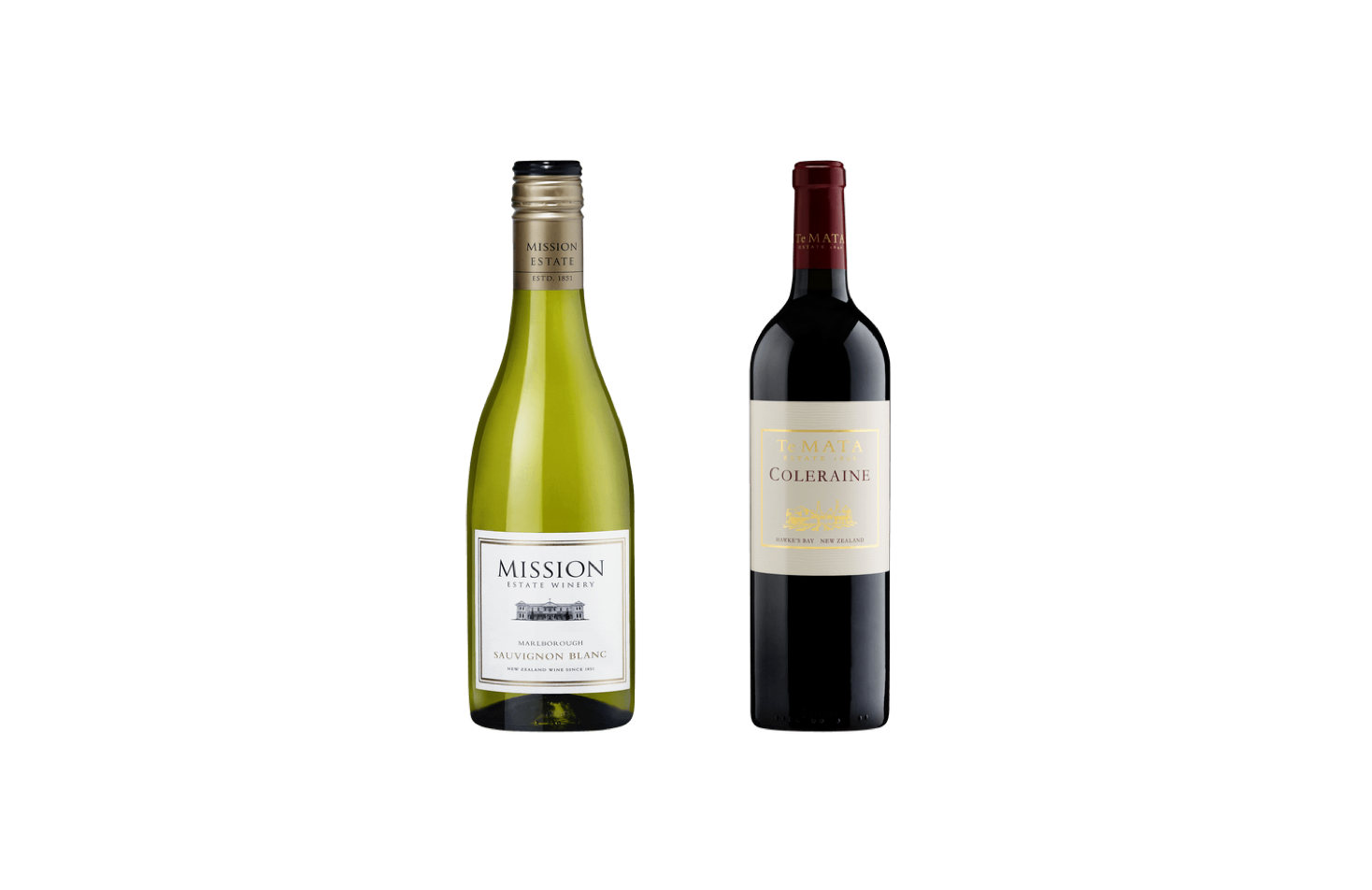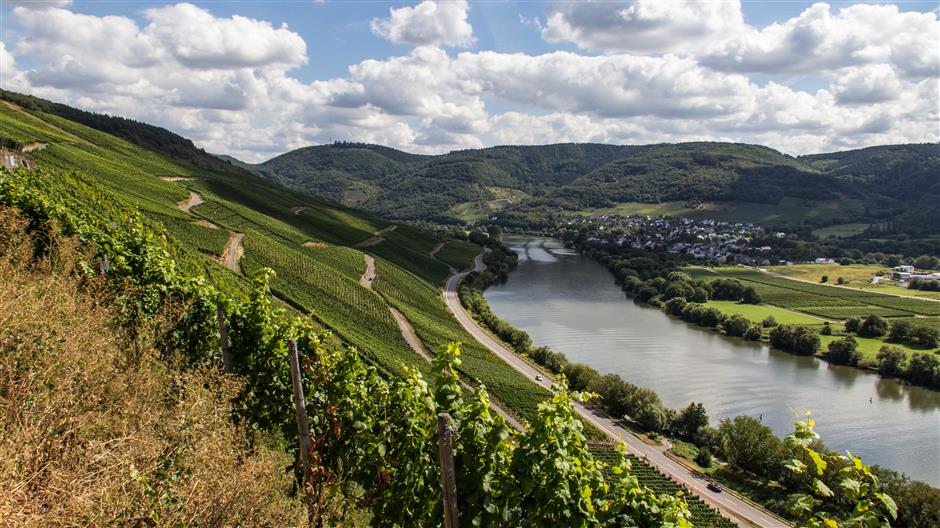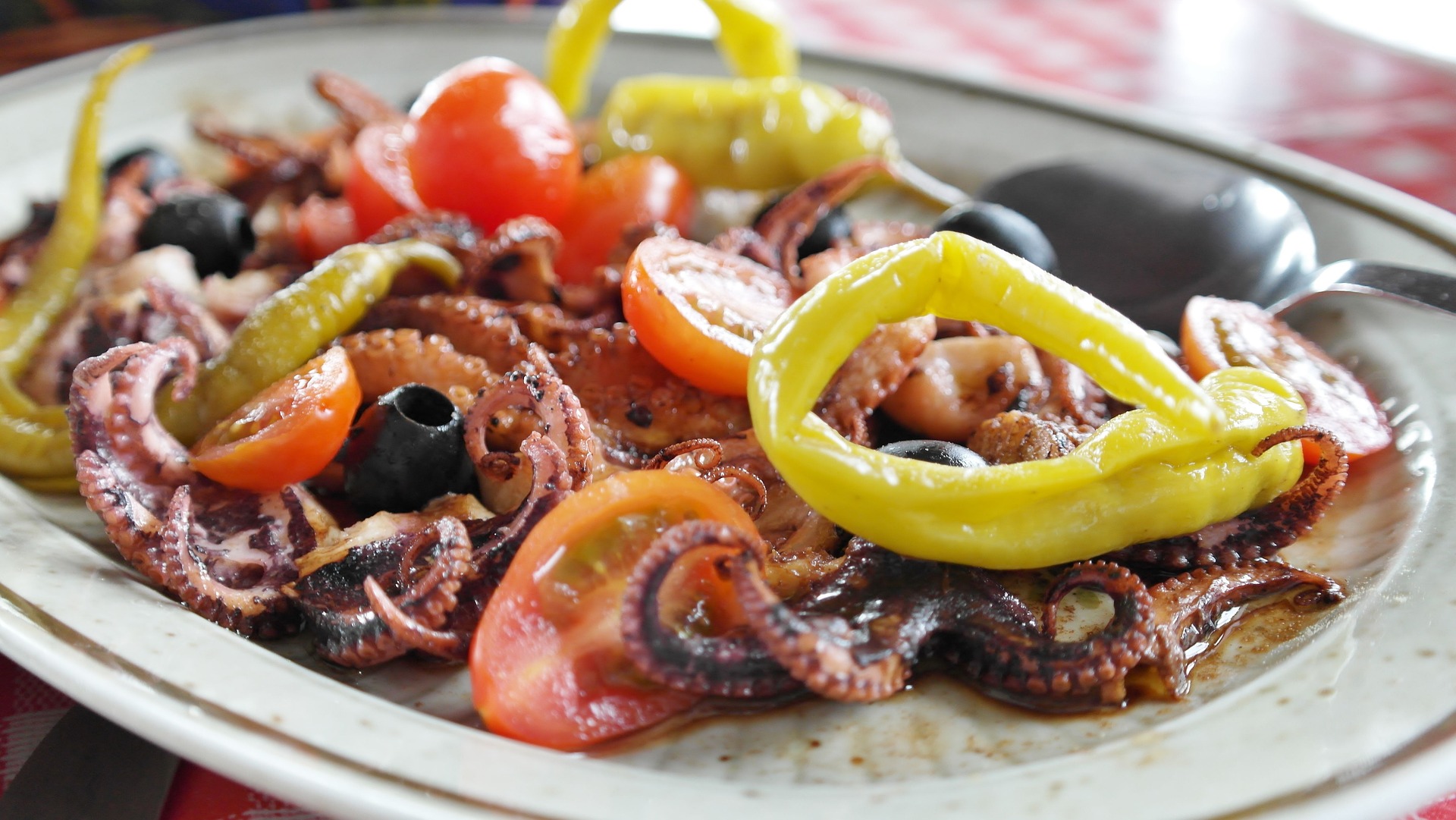Lotus roots, the star ingredient in today’s iDeal feature story, are unquestionably one of China’s most iconic ingredients. Ironically, one of the best lotus root dishes I’ve tasted was at a Chinese restaurant in Auckland, New Zealand. Therefore, in this week’s column I revisit one of my favorite southern hemisphere regions.
Years ago, when I helped New Zealand Wines and New Zealand Trade Enterprises set up and develop a strategy in China I had the great pleasure of making several trips to New Zealand’s best wine regions. Unfortunately, since then I haven’t been back to this enchanted island nation and as a consequence I’ve written far less than I would have liked or their wines merit. Last weekend a superior glass of Syrah from Hawke’s Bay inspired me to right this wrong. While overshadowed by the phenomenal success of Sauvignon Blancs from Marborough, the wines of Hawkes Bay deserve serious attention. The region is oldest and second largest in Kiwi-land. More important, the region produces great wines.
Pioneering wineries
Missionaries from the Society of Mary in 1851 were the first to plant vines in Hawke’s Bay. In common with Catholic missionaries worldwide, they planted vines as wine was an essential part of the holy sacrament ceremony. The Mission, as the winery became known, is the oldest producer of wines in New Zealand. By the start of the 20th century additional pioneering wineries including Te Mata, Vidal and others were putting Hawke’s Bay on the winemaking map producing wines from German, French and Spanish varieties. However, it wasn’t until the 1970s when the region first started to develop an identity and concentrate on varieties that best suited the region’s soils and climate.
The climate of Hawke’s Bay is remarkably similar to Bordeaux with maritime influences and a long growing season with low to moderate rainfall. Most of the soils are free draining with natural low fertility. These factors make the region most suitable for the French red wine grapes Merlot, Cabernet Sauvignon and Syrah. In fact, Hawke’s Bay produces almost 90 percent of New Zealand Merlot, Cabs and Syrah. The most important white variety is Chardonnay. Other varietals play a peripheral role.
The most planted red wine varietal is Merlot. This early ripening grape is the easiest to grow in Hawke’s Bay in contrast to Cabernet Sauvignon grapes that sometimes have problems reaching optimal ripeness. The relatively easy-to-grow Chardonnay variety also does very well in Hawke’s Bay. Syrah wines account for only four percent of Hawke’s Bay production but they are clearly the new stars on the Hawke’s Bay wine scene. While they exhibit nice ripe black fruit characteristics, they also have a peppery spiciness to them that reminds one of Northern Rhone Syrah wines. Stylistically, they are easily distinguished from the much riper and more heady Shiraz wines from the Barossa Valley in Southern Australia.
Chardonnay vines also thrive in Hawke’s Bay making wines with good fruit and ample acidity. The best examples are approaching a Burgundy style with palate pleasing elegant yellow fruit flavors, good complexity and persistence. Compared to many Australian and Californian Chardonnays, Hawke’s Bay Chards tend to have less oak and more freshness.
Three of the region’s most important wineries are Mission Estate, Te Mata Estate and Sileni Estates. Majestically situated on the Taradale Hills, Mission Estate is one of the most beautiful New Zealand wineries. Despite being the oldest maker of wines in New Zealand, the winery is incorporating some of the most advanced technology to make wines.
Te Mata has the distinction of being the oldest commercial winery in New Zealand. They also make two of New Zealand’s most prized wines, the Coleraine, a blend of Cabernet Sauvignon, Merlot and Cabernet Franc that exhibits the best characteristics of a stylish Bordeaux with ample New World exuberance, and the elegant Elston Chardonnay. Another Bordeaux blend style wine named Awatea can be considered the second wine of the estate and offers plenty of delicious dark fruit flavors and supple tannins at a lesser price than its big brother Coleraine. I was also impressed by the Woodthorpe series of wines that includes a Merlot Cabernet, Sauvignon Blanc, Chardonnay and interestingly also a Gamay Noir. The later was a nice interpretation of the light and refreshing grape used to make Beaujolais wines.
Mission Estate and Te Mata are two old and distinguished producers while Sileni Estates is a very modern and young winery that makes a large selection of excellent wines from Merlot, Cabernet Sauvignon, Pinot Noir, Syrah and Chardonnay. The winery’s Lodge Chardonnay is a particularly intense yet graceful wine. Other fine producers with Hawke’s Bay wines available in Shanghai are Craggy Range, Villa Maria and Trinity Hill.
Hawke’s Bay is the focus this week but soon I hope to write about Marlborough, the largest region famed for its Sauvignon Blanc white wines, Martinborough, a tiny region making beautiful Pinots and German varietals and Central Otago, one of the world’s most southern wine region acclaimed for powerful and complex Pinot Noir wines.





